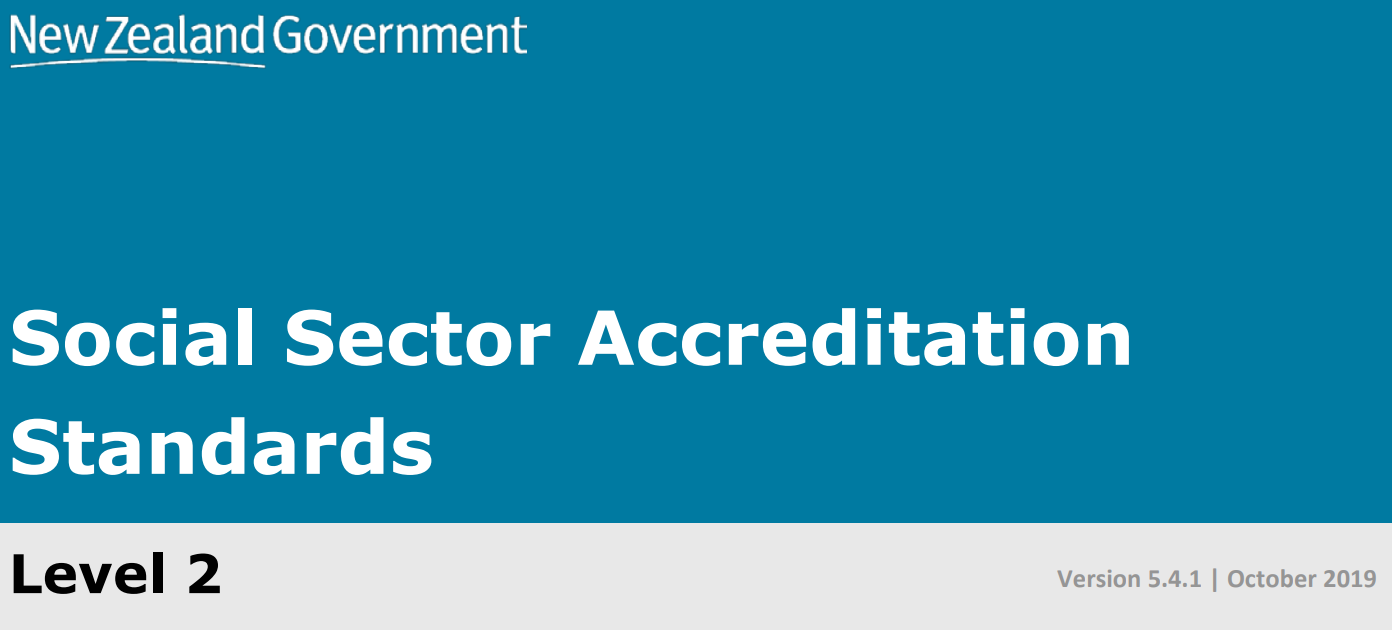5 policy and procedure tips for good recordkeeping
Have you experienced, as a client in the health or social service system, being asked to repeat your story numerous times? Being given inconsistent and conflicting advice by practitioners about the same thing?
We had recent experience of this when my dad was admitted to hospital. Individually, staff were caring towards my dad. However, time after time, we were told different stories about tests to be done, next steps etc.
While staff were trying to be helpful, the conflicting stories gradually eroded our confidence in the quality of care dad was receiving.
The experience reminded me about the importance of recordkeeping – keeping good records and using them to inform whānau/client service delivery. That every health and social service should have policies and procedures about keeping and using client records.

Health and Disability and Social Sector requirements
The importance of good records is reflected in the Health and Disability and Social Sector Accreditation Standards.
Both sets of standards require the timely and accurate taking and safeguarding of client notes. For example, it is a health and disability requirement that consumer information is uniquely identified, recorded, current, confidential, and accessed when required. Guidance for this standard (NZS 8134:1:2:208 Consumer Information Management Systems 2.9) states that client notes should be:
- entered by multiple practitioners in a continuous record for each client
- entered in a timely manner
- be factual and objective, and
- signed by the practitioner/author with date and time entered.
The Social Sector Accreditation Standards also has extensive obligations in relation to recordkeeping.

Your policies and procedures
Keeping and updating whānau/client records can seem a bureaucratic task and not as important as service delivery matters. But without good records, it is difficult to provide responsive and quality services. It is much more likely that clients will be asked to repeat their stories and given conflicting and inconsistent advice.
The challenge for your Recordkeeping policy and procedure is to bridge the gap between policy and practice – to help staff understand the connection between using and keeping records and quality service.
Here are some ideas on how to do this in your policy and procedure:
- Start with a strong policy intent. At the Policy Place, for example, the stated intent of our Client Recordkeeping policy includes clients not being asked to repeat themselves.
- Link recordkeeping obligations to specific phases of a service eg assessment, monitoring, closure of case so that staff are reminded that all interactions with the client count and need to be recorded.
- Make it easy for staff to enter accurate and contemporaneous records. For example, provide tablets or ipads to enter or transfer information into electronic records; include supports for staff who use English as a second language.
- Incorporate privacy safeguards so that staff and clients are re-assured that their personal information will be treated respectfully and carefully.
- Include a requirement to obtain and reflect client/whānau feedback in the record.
If you want help with your policies and procedures…
Give us a ring or email us at the Policy Place. We want to help you deliver quality services supported by relevant and up-to-date policies and procedures.
Through our online service, we give you the option of policies and procedures that can be easily accessed by your staff and board members anywhere anytime. We review them and keep them updated so when staff are looking for what’s expected in relation to client records, privacy etc they know they can be assured they are looking at current (not outdated) policy requirements.
No more multiple versions. No more confusion. You get just one version: the most up-to-date version.
